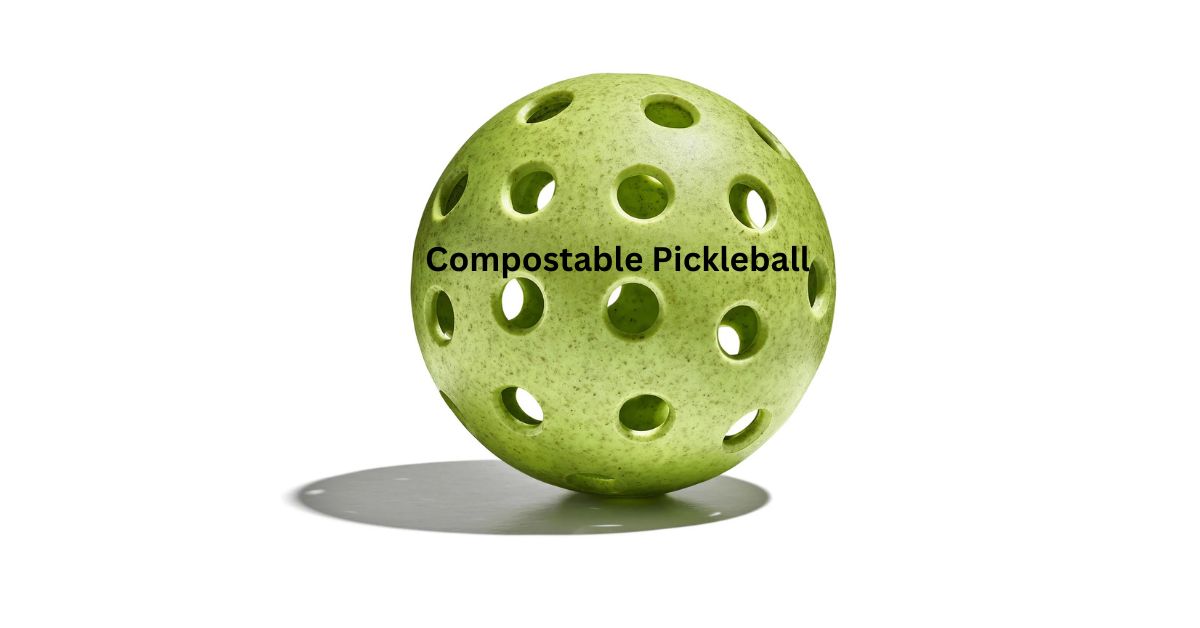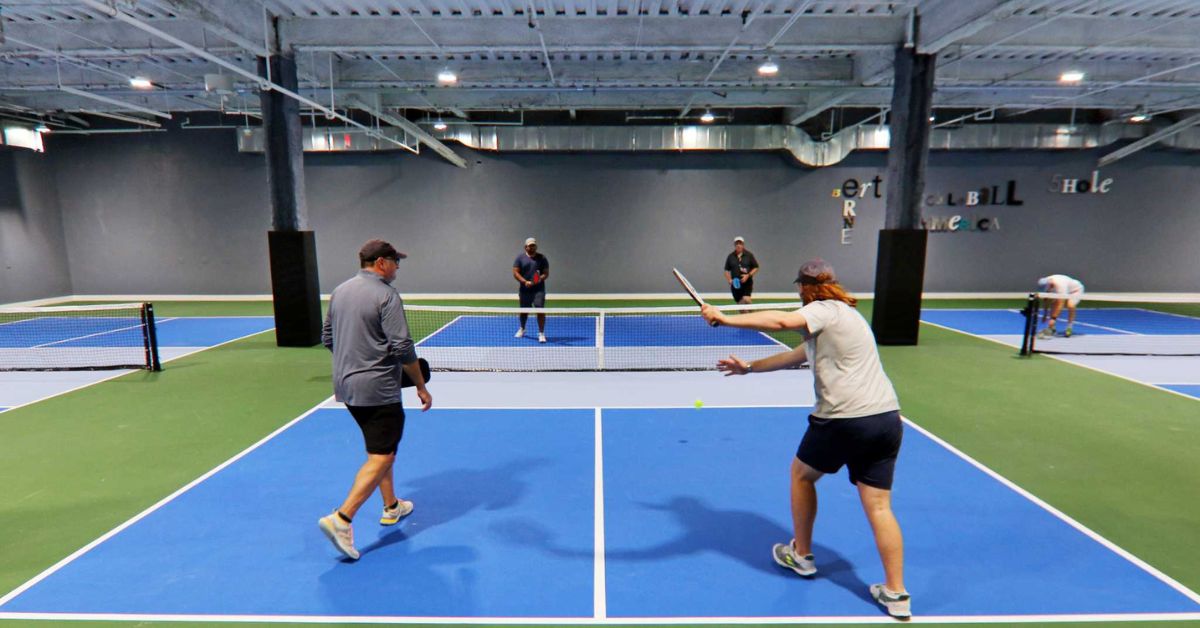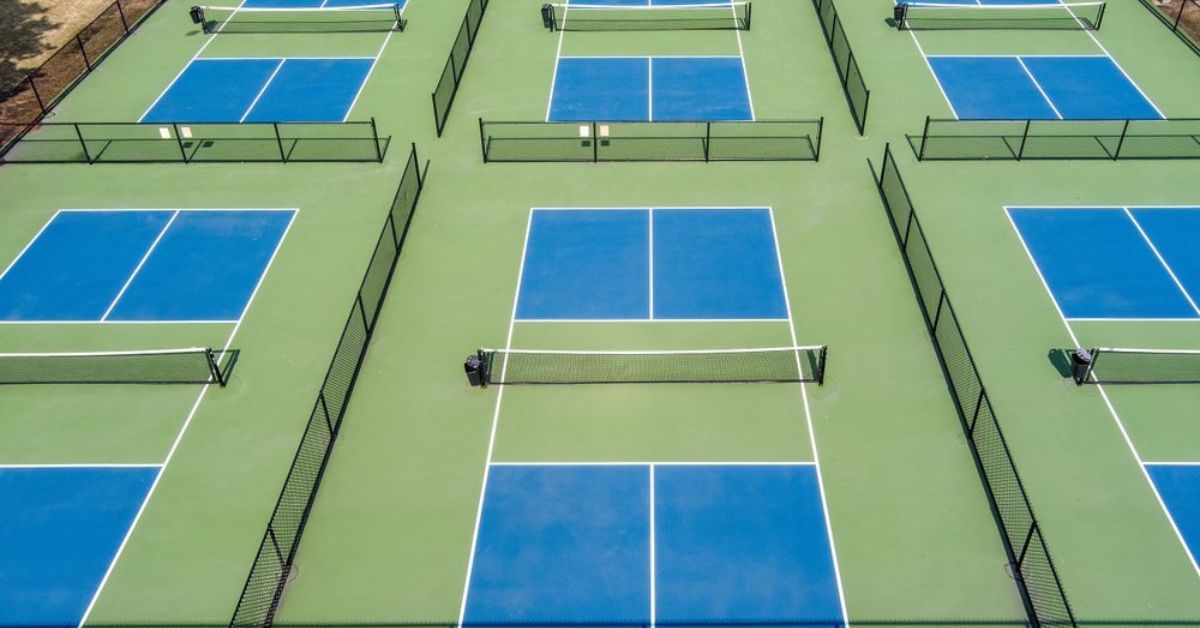Pickleball’s rise in popularity is undeniable. If you visit a park on a Saturday morning, you’ll likely hear the familiar “pop” of the game in action. As the sport grows, so does the push for innovative products that enhance the game while being more environmentally friendly.
Surprisingly, around 500 million pickleballs end up in landfills each year. Angel Morales, an expert in engineering and plastics and an avid pickleball player, recognized this issue and set out to reduce the waste.
With 19 years of experience at the local company C3 (Creative Consumer Concepts), where he specialized in designing toys and restaurant utensils, Morales used his knowledge of plastic materials and his love for pickleball to launch a new venture. His journey began with a focus on the most obvious item: the paddle.
“When I started playing pickleball, I quickly noticed that many high-quality paddles were made from carbon fiber,” he says.
“I bought a few, and with my manufacturing curiosity, I cut them open and discovered they had a plastic polypropylene blend inside.”
Morales began designing his line of paddles and co-founded Pro-Pickle, a brand that offers customizable paddle options. Companies can choose from a range of carbon fiber surfaces, polypropylene honeycomb cores in various sizes and thicknesses, different handle lengths, and a selection of grip materials and colors to create their ideal paddle.
With his experience in creating plastic products for the hospitality industry, Morales was well aware of the growing movement towards eco-friendly materials and the need for products that decompose more easily.
“I realized that pickleballs are made from low-density polyethylene (LDPE), which is very difficult to recycle,” he explains.
The Professional Pickleball Association uses Vulcan balls in professional games, and after each game—three games per match—the balls are discarded, contributing to waste.
So Morales made a decision and started crafting a more eco-friendly pickleball. He confesses that the product wasn’t an immediate slam dunk—or, should we say, “smash.”
“We probably went through 900 to 1,000 different recipes trying to create a ball that performed like a standard pickleball,” Morales says. Factors to consider included durability, bounce, hardness, size, weight, and even the number of holes. After extensive testing and trial, the final product, Compost-a-Ball, was born.
According to Morales, Compost-a-Ball bounces eight percent higher than a standard pickleball. “We initially saw this as a potential issue,” he says, “but after conducting interviews and surveys, we found it was quite acceptable—especially for beginners and recreational players. It even helps players get a better feel for the sport.”
Material Used in Compost-a-Ball
The material used in Compost-a-Ball reduces the signature “pop” sound of pickleball by about 8-10%, making it slightly quieter than a typical ball. In terms of sustainability, the ball is designed to decompose within 100 days when placed in a compostable environment that provides the necessary oxygen, bacteria, and other elements, such as those present in landfills. The ball is made with materials like rice husk and wheat straw, which contribute to its ability to break down.
When it comes to longevity, Compost-a-Ball performs just like a standard pickleball under normal conditions. “Leaving it in your bag or your car won’t make it degrade any faster,”
Morales says.
In testing, Compost-a-Ball outperformed even top-tier pickleballs on the market. While most high-quality pickleballs can endure 600-800 hits before breaking or deforming, Compost-a-Ball lasted for 1,900 to 2,000 hits before showing signs of cracking.




